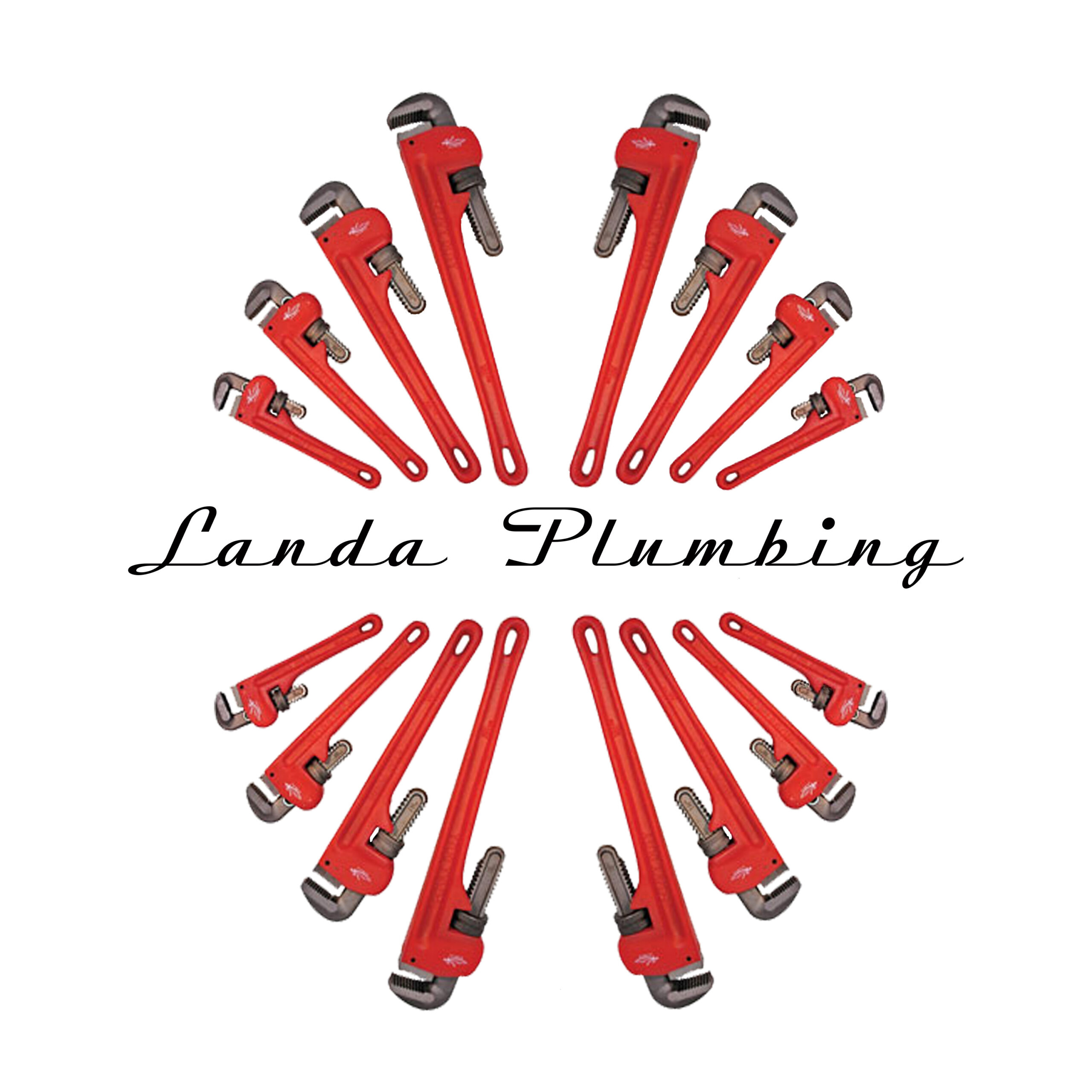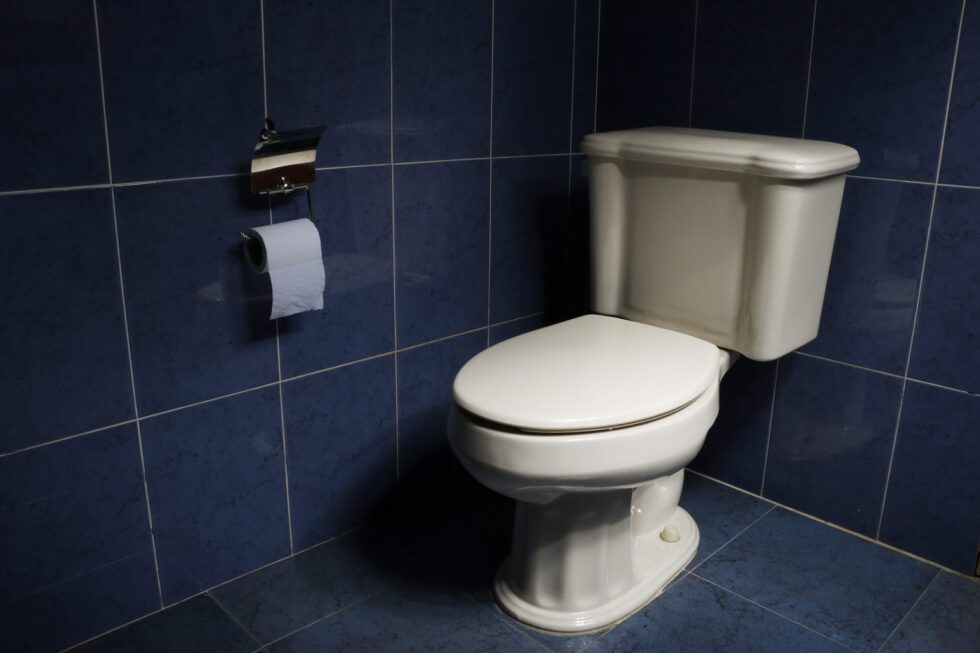If you’re dead set on replacing your own toilet, we want to help you make it work. Of course, this is a job for professional plumbers, and doing it at home is taking a risk. For assurance that your toilet is replaced properly, entrust the job to a licensed plumber. If you insist on doing it yourself, here are some tips that will help you get it right:
Know the “rough-in” Measurement
Before buying a new toilet you need to know it will fit the space. The “rough-in” is the distance between the wall and the hold-down bolts, minus the depth of any baseboard. The majority of toilets have a “rough-in” of about one foot, but it also could be 10” or 14”. Shop for a toilet that fits your “rough-in” distance.
Get the Right Hardware
For your toilet hold-down bolts and nuts, choose brass. Be careful, because some are coated with a brassy coloring and aren’t brass. The brass hardware won’t rust and will be easy to deal with when you have to cut them later. Indeed, you may need to cut off your old bolts to do this job. Use a hacksaw blade and locking pliers to hold the nut still.
If you need to re-anchor the toilet flange, buy stainless steel screws. Theses don’t erode like steel or break like brass will if used for anchoring the toilet flange.
Skip Wrestling With Shifting Bolts
Replacing a toilet requires you to lower the new toilet onto your new hold-down bolts, which can be really frustrating. The bolts can slip and tip and get knocked over as you try to lower the toilet, and if you miss you may crush or shift the wax ring (than needs to NOT be crushed or shifted).
The key to skipping this frustration is using a second set of washers and nuts to hold the bolts in place before placing the toilet on them. They’ll stay reliably stationary, and give you no surprises that way.
Eliminate Wobble
A wobbly toilet on an uneven floor will eventually break the wax ring seal and cause a leak. Check to see if the toilet shifts or moves before fully tightening the nuts. For minor wobbles, you can slide coins or stainless steel washers under the toilet where it gaps. Be sure the washers are stainless, regular steel washers can rust and stain the floor. For larger gaps, use plastic shims made especially for toilets or plastic construction shims. Once the wobble is gone, tighten the nuts, cut off the parts of the shims that are exposed and caulk around the toilet base. If your toilet is set on thick vinyl flooring, the seal can loosen as the vinyl compresses. In that case, just tighten the nuts again a few days after installation.
If this task seems daunting, don’t worry! Call Landa Plumbing and we can handle it for you. Our expertise is here for your convenience.

